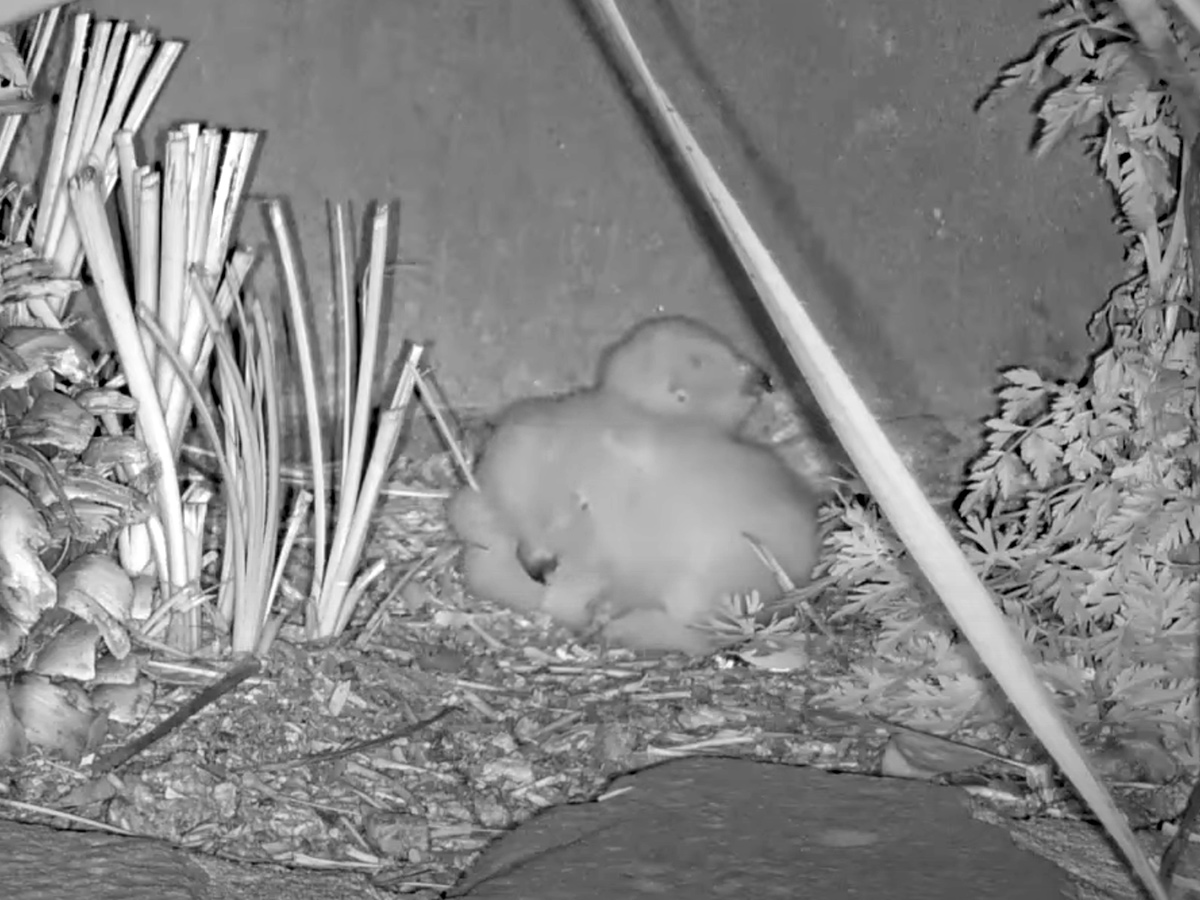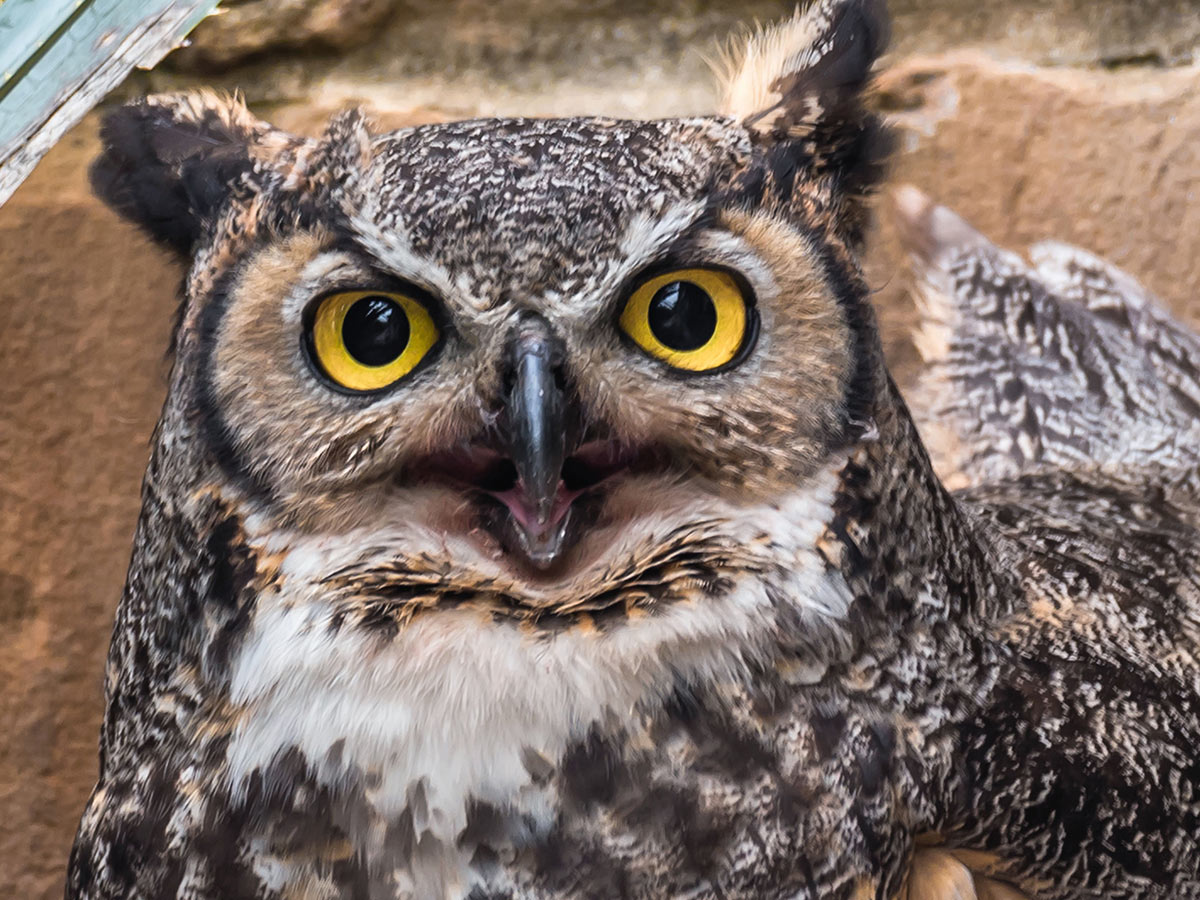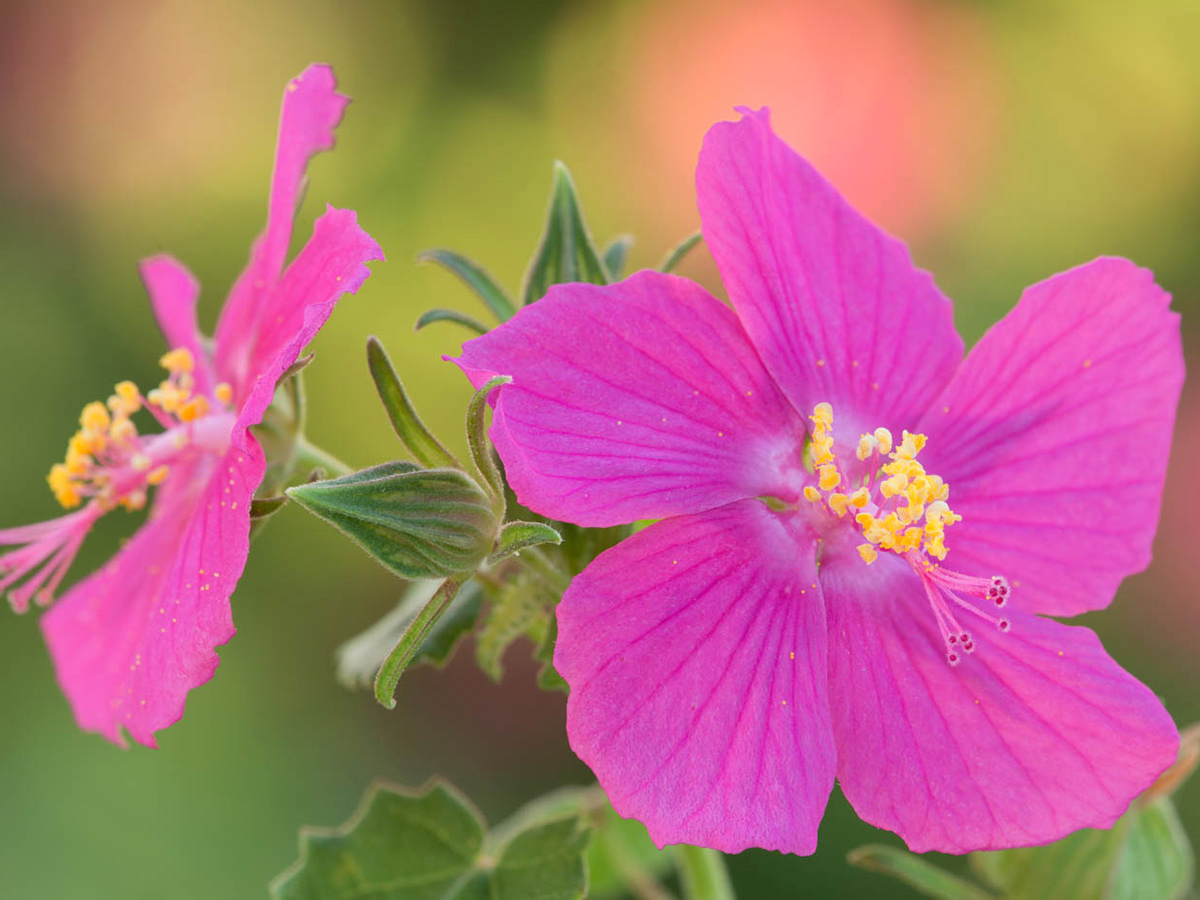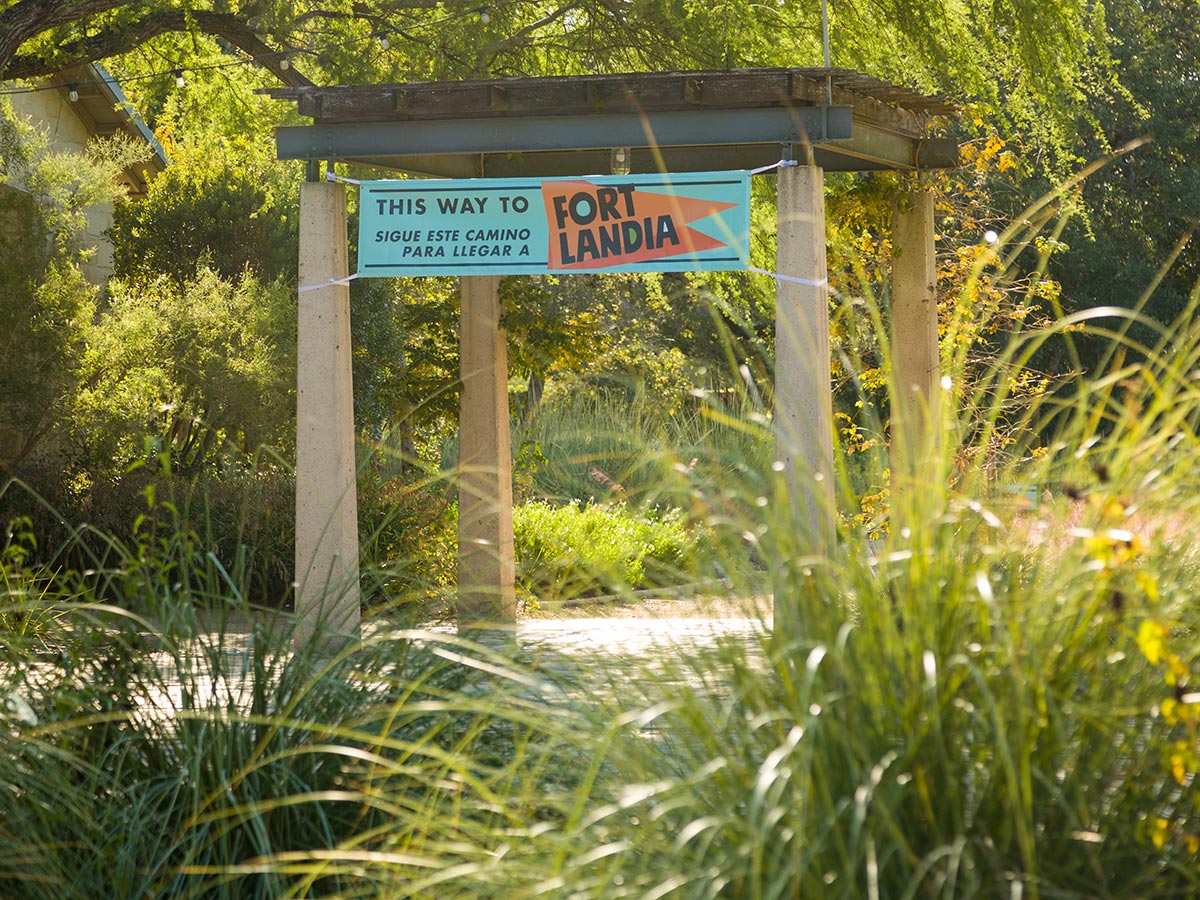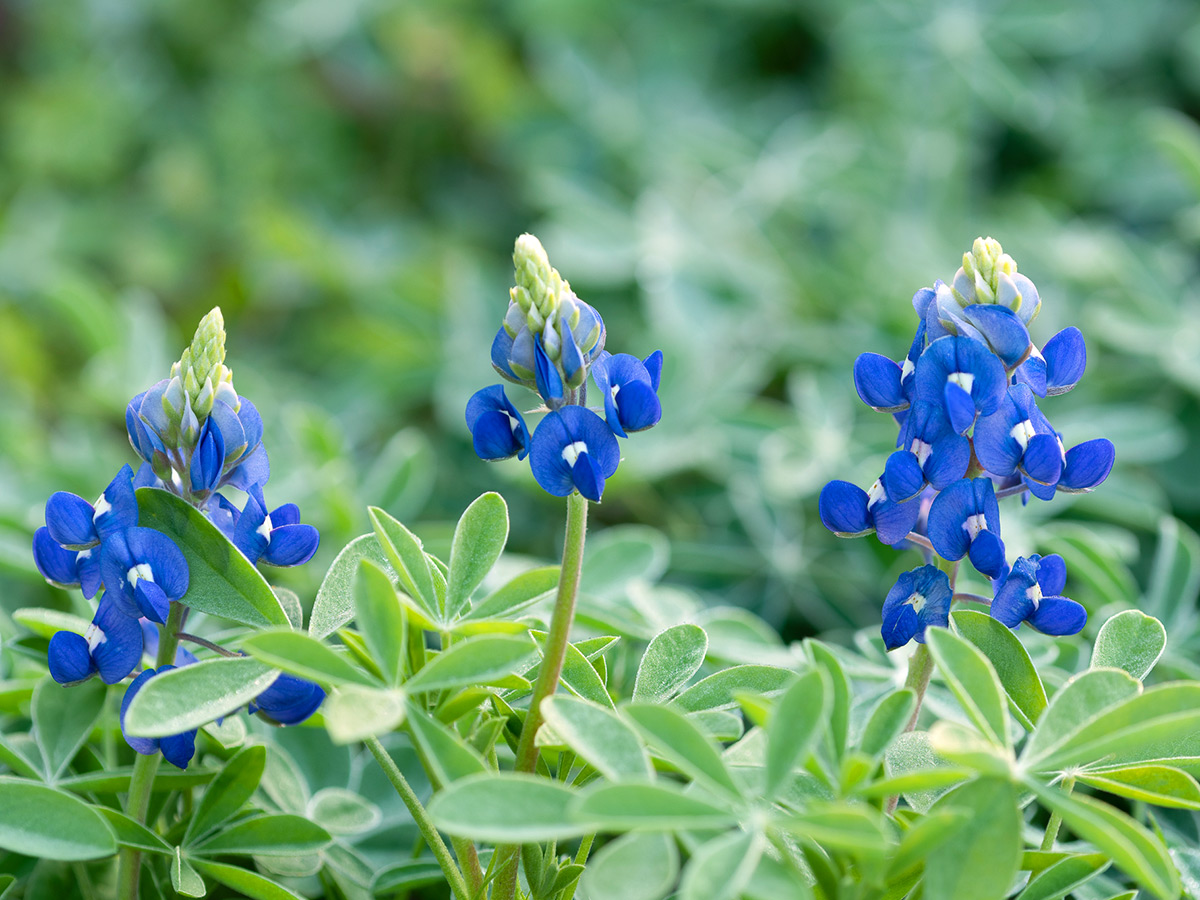PRESSROOM
2005 Wildflower Forecast
Ecologists at the Lady Bird Johnson Wildflower Center are keeping a close eye on wildflower seedlings expected to start blooming in early March. Adequate rain throughout the fall months is a key factor in healthy germination for many early spring wildflowers. Higher than average rainfall in the fall of 2004 points to a bountiful wildflower display this spring for most of Travis County. By the end of 2004, rainfall in Travis County was approximately 20 inches above normal.
Lots of rain, however, is not always good news for all wildflowers, especially Texas bluebonnets (Lupinus texensis). Excessive amounts of rain and persistent damp conditions can make young bluebonnet seedlings sensitive to fungal infections.
“In late November we received several calls reporting bluebonnet seedlings that had suddenly died off,” said Mark Simmons, Wildflower Center ecologist. “We want to better understand the conditions in which bluebonnets are prone to infection, so we sent several infected samples to Texas A & M for study.”
A fungus that causes root rot (Phytophthora) was found to be the culprit. Root rot fungus can infect healthy seedlings if they get too much water and are not planted in well-drained soil.
“We don’t think the problem is widespread, but there could be some areas where bluebonnet displays may suffer,” said Simmons. Additional studies must be done to determine the extent and impact this fungus will have on Central Texas bluebonnet crops.
Many of the other wildflower species are not as sensitive to fungal infections. Wildflower enthusiasts can expect to see plenty of Indian blanket and Black-eyed Susan blooms this year.
At the Wildflower Center, visitors can enjoy six different photo opportunity spots throughout the grounds. These areas allow visitors to capture a wonderful photo next to a bluebonnet display without trampling the flowers for the next visitor.
As the bluebonnets and Indian paintbrush begin to fade, the region will experience other blooms and colors. Many of these flowers overlap from one month to another.
| March Blooms Bluebonnets Indian paintbrush Winecups Blackfoot daisy Drummond phlox Giant spiderwort |
April Blooms Indian Blanket Texas lantana Rose mallow Foxglove Butterfly weed |
May Blooms Mexican hat Black-eyed Susan Standing cypress Pink evening primrose |
Tips to help you plant a better bluebonnet crop:
- Ideally, bluebonnet seeds should be planted in the fall. No later than the end of November. Seeds planted later may not receive the conditions needed to germinate, and even if they do, the flowers tend to be very small resulting in a poor display.
- Put bluebonnet seeds in the freezer overnight. Then, carefully pour boiling water over seeds placed in a colander. Let seeds sit in water for a day. Plant within a day or two.
- Rake seeds in to well-drained soil.
- Make sure the seeds get adequate water, but avoid consistently damp conditions.
- Removal of competition from other plants. Bluebonnets like their own space and own soil.
For more information on these and other wildflowers, visit www.wildflower.org and click on Explore Plants.

